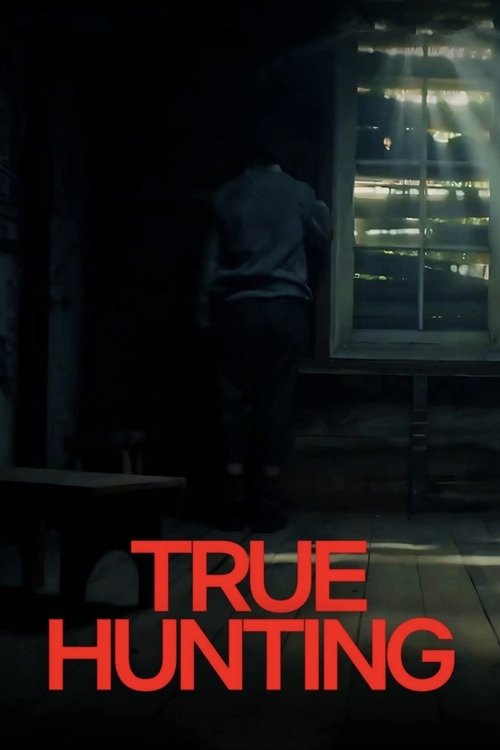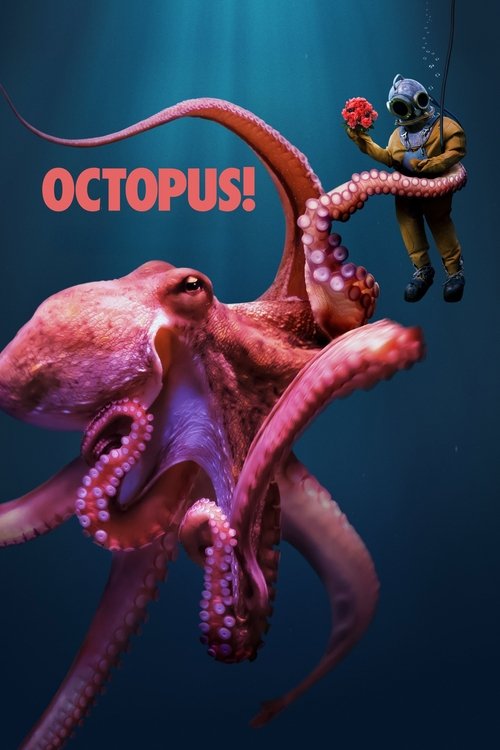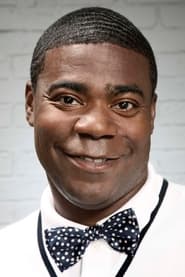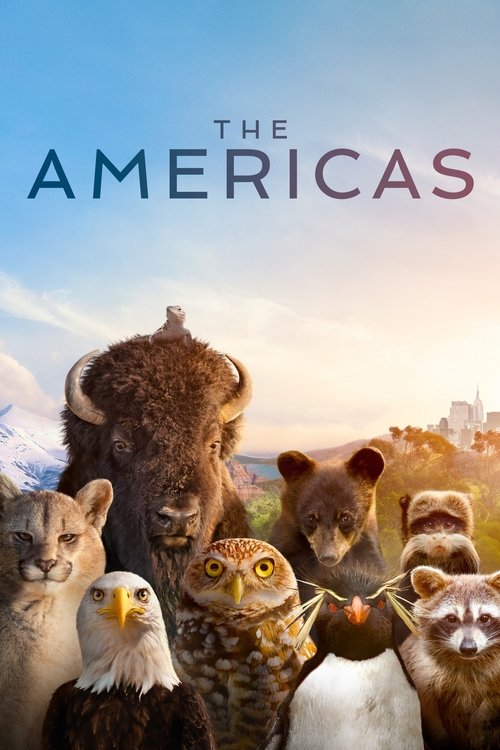
Ask Your Own Question
What is the plot?
The TV show "Octopus!", Season 1 (2025), is a nature documentary series narrated by Phoebe Waller-Bridge that follows the life cycle of the Giant Pacific Octopus and explores the lives of several octopuses, especially focusing on one named Doris. The series also features various individuals connected to these creatures, including scientists, explorers, and actor Tracy Morgan.
The series begins by introducing the viewer to the fascinating biology of octopuses, highlighting their nine brains, three hearts, eight tentacles, and complex behaviors. Early on, the documentary references Paul the Octopus, known for his uncanny ability to predict World Cup football match outcomes, setting a tone of curiosity and wonder about octopus intelligence.
The narrative then shifts to Doris, the main octopus featured, whom researchers have tracked and filmed extensively over several years. Through interviews with scientists, explorers, and enthusiasts, the series reveals Doris's behaviors, her environment, and her interactions with the ecosystem. The documentary captures Doris's life stages, including her hunting, camouflage, and mating behaviors, emphasizing her remarkable transformative abilities and survival strategies.
Throughout the episodes, the series intersperses insights from a variety of human characters: an intrepid explorer searching for elusive octopus species, a scientist dedicated to protecting marine ecosystems, and Morgan, who provides comedic and philosophical commentary on the parallels between human and octopus parenting and social behaviors.
The cinematography by Luis Lamar is noted for its Zen-like quality, capturing intimate and detailed underwater footage of Doris and other octopuses in their natural habitats. The visuals showcase the octopuses' fluid movements, color changes, and interactions with their environment, providing a vivid and immersive experience.
The series also touches on the octopus's complex reproductive cycle, including the female's dedication to guarding her eggs until they hatch, often at the cost of her own life. This sequence is shown in detail, illustrating the maternal sacrifice and the vulnerability of the species.
In addition to Doris, other octopuses are featured to provide a broader understanding of the species' diversity and behaviors. The documentary weaves together these stories to create a comprehensive portrait of the Giant Pacific Octopus's life and the challenges it faces in the wild.
The show concludes by reflecting on the intelligence and consciousness of octopuses, leaving viewers to ponder the nature of these enigmatic creatures and their place in the ocean's ecosystem.
No traditional narrative plot with characters, conflicts, or resolutions occurs, as this is a documentary series focused on factual presentation of octopus biology and ecology, combined with human perspectives and scientific exploration. Therefore, there are no plot twists, character decisions, or dramatic confrontations to detail beyond the natural behaviors and life events of the octopuses and the human interactions documented.
Related Titles
Browse All Titles →
What is the ending?
The ending of Octopus! Season 1 (2025) concludes with the life cycle of Doris, the Giant Pacific Octopus, coming full circle, highlighting her final moments in the deep ocean. The documentary closes by reflecting on the complex relationships between humans and these creatures, emphasizing both awe and respect for the octopus's intelligence and mystery.
Expanded narrative of the ending scene by scene:
The final segment opens with Doris, the Giant Pacific Octopus, in her natural habitat deep beneath the ocean surface. The camera lingers on her graceful movements as she navigates the rocky underwater terrain, showcasing her remarkable camouflage and fluidity. The narration, delivered by Phoebe Waller-Bridge, gently guides viewers through Doris's behavior, emphasizing her solitary nature and the challenges she faces in the wild.
As the scene progresses, Doris begins to exhibit signs of the end of her life cycle. The documentary carefully captures her slowing movements and the subtle changes in her appearance, such as the fading vibrancy of her skin. This visual storytelling is interspersed with insights from marine biologists who explain the octopus's short lifespan and the biological inevitability of her approaching death.
The narrative then shifts to a broader perspective, introducing the human characters who have been following Doris's journey. Scientists, explorers, and even actor Tracy Morgan reflect on their personal connections to the octopus, sharing moments of wonder, curiosity, and sometimes discomfort. These reflections underscore the documentary's theme of human fascination with the octopus, ranging from admiration to fear.
In the closing scenes, Doris retreats into a den, a behavior typical of female Giant Pacific Octopuses preparing to lay eggs and eventually die. The camera captures the quiet stillness of this moment, highlighting the vulnerability and natural cycle of life. The narration notes that after laying eggs, Doris will guard them until her death, completing the cycle of life and death in the ocean.
The final shot pulls back to a wide view of the ocean, symbolizing the vast, mysterious world the octopus inhabits. The documentary ends on a contemplative note, inviting viewers to consider the delicate balance of marine ecosystems and the profound intelligence of creatures like Doris.
Regarding the fate of the main participants:
- Doris, the Giant Pacific Octopus, completes her life cycle, dying after laying and guarding her eggs, as is natural for her species.
- The scientists and explorers featured conclude their observations with a deeper appreciation for the octopus's complexity and the importance of marine conservation.
- Tracy Morgan and other human participants express a renewed sense of connection to the natural world, having witnessed Doris's story.
This ending encapsulates the documentary's core message about the intertwined destinies of humans and the natural world, framed through the intimate lens of Doris's life and death. It leaves viewers with a sense of respect and wonder for the octopus and the ocean's mysteries.
Is there a post-credit scene?
The TV show "Octopus!" Season 1 (2025) does not have any publicly documented post-credit scene. Available information about the show, including trailers and reviews, does not mention or describe any post-credit or mid-credit scenes following the episodes or the season finale.
The search results include detailed descriptions of post-credit scenes for other shows and movies, especially Marvel properties, but no indication that "Octopus!" includes such a scene. Therefore, it is reasonable to conclude that "Octopus!" Season 1 does not feature a post-credit scene.
What are the 5 most popular questions people ask about the content of Octopus! Season 1 (2025), excluding 'What is the overall plot?' and 'What is the ending?'
The five most popular content-specific questions about Octopus! Season 1, based on viewer interest and reviews, are:
- How does the series balance scientific documentary elements with artistic and abstract visuals?
- What unique behaviors and life cycle details of the octopus are highlighted in the show?
- How does Phoebe Waller-Bridge's narration style contribute to the storytelling?
- What role does Tracy Morgan's commentary play in the tone and accessibility of the series?
- How many episodes are there, and does the series feel complete or leave viewers wanting more?
These questions reflect curiosity about the show's style, educational content, narration, and structure rather than plot or ending specifics.
Is this family friendly?
The TV show "Octopus!" Season 1 (2025) is a documentary series narrated by Phoebe Waller-Bridge that explores the life cycle of the Giant Pacific Octopus and includes various human stories connected to these creatures. It is not a typical family-friendly nature documentary; it contains mature themes such as murder, loss, and complex emotional narratives, which may be upsetting or inappropriate for children or sensitive viewers.
Potentially objectionable or upsetting aspects include: - References to violent events, including murder by a lover. - Emotional and psychological themes involving loss and trauma. - Some surreal or abstract storytelling elements that might be confusing or unsettling. - Mature language and adult situations implied in the narrative.
Overall, while it is a nature documentary, the tone and content are aimed at an adult audience and may not be suitable for children or those sensitive to mature or intense themes.























